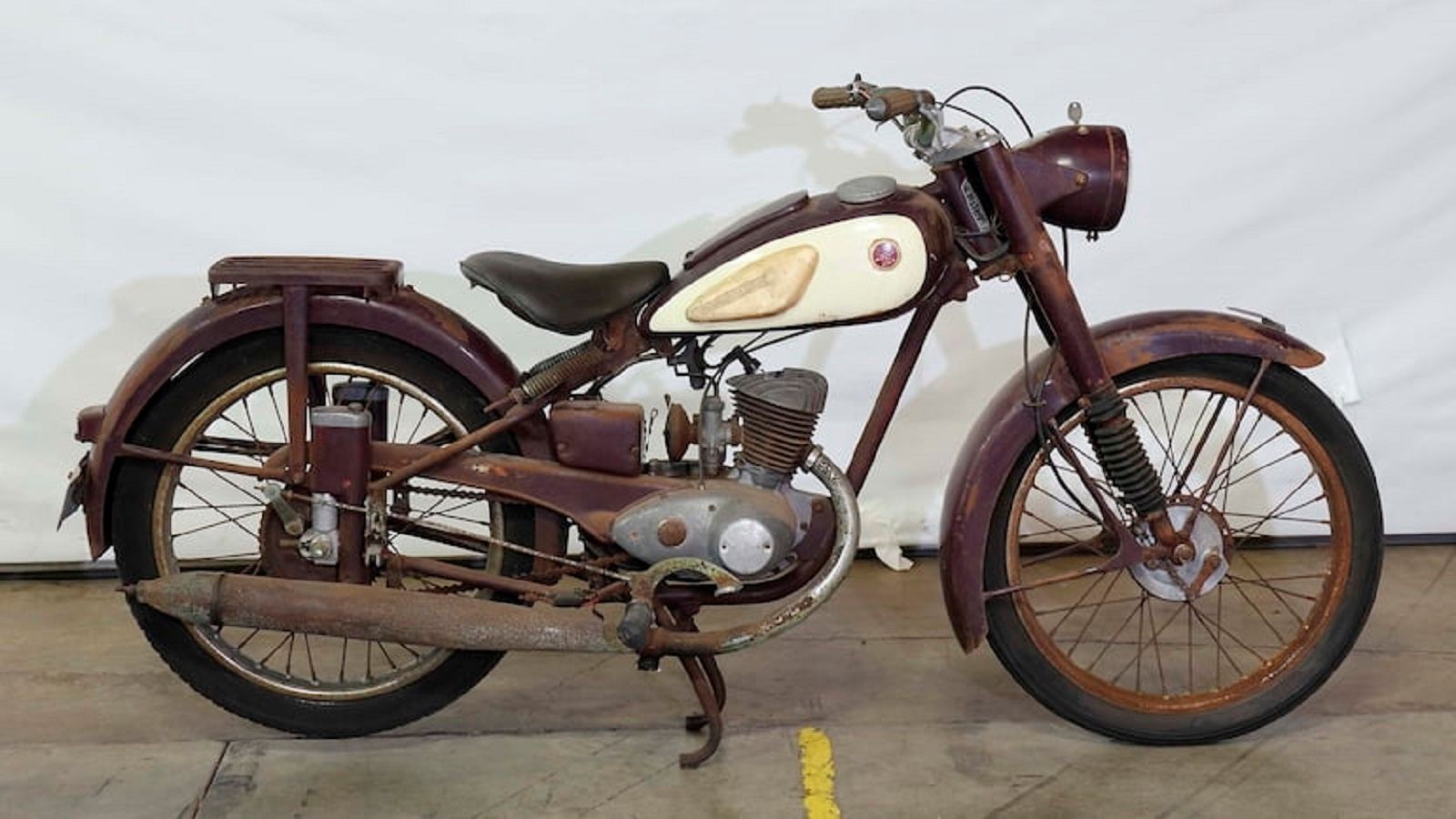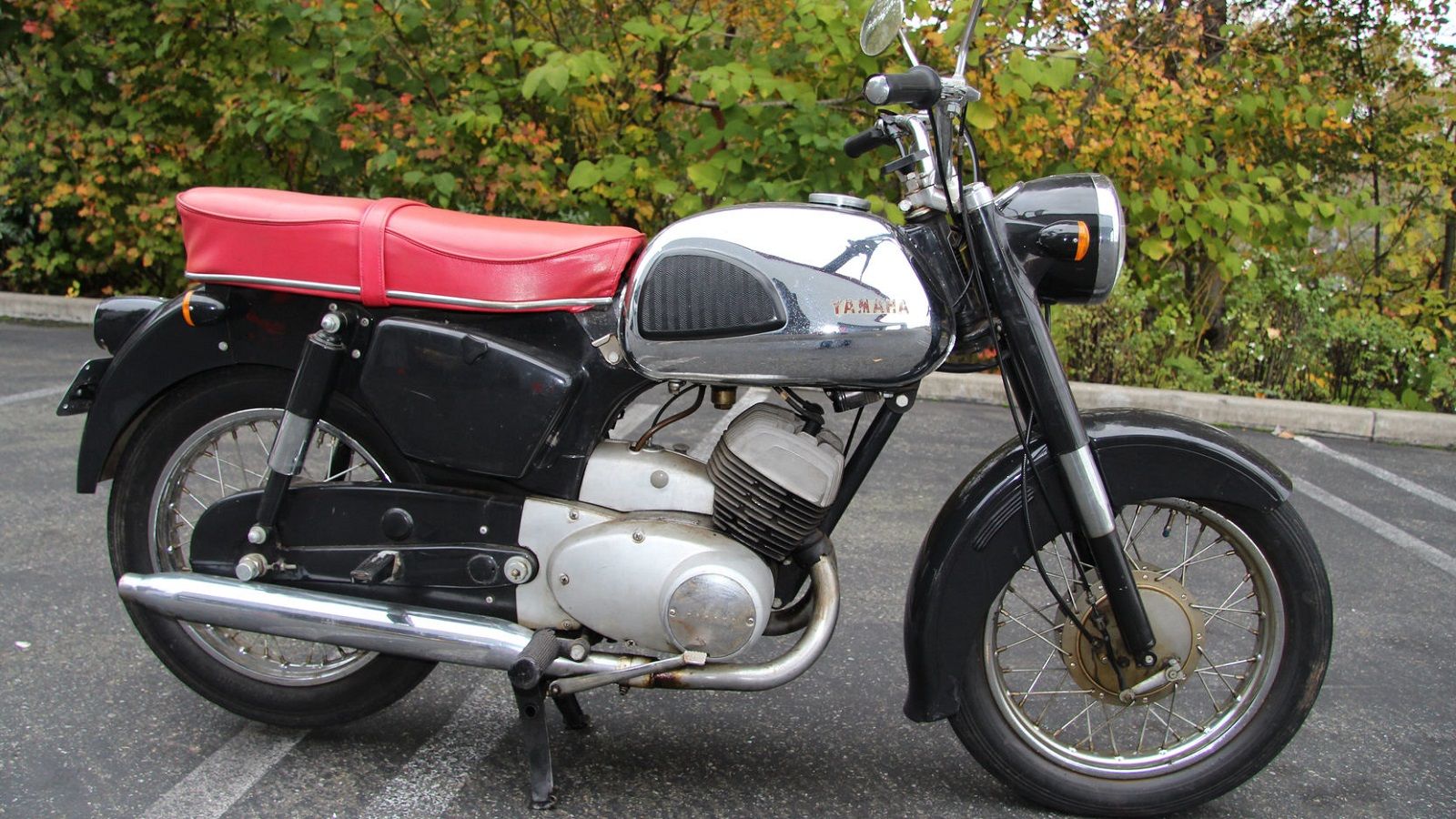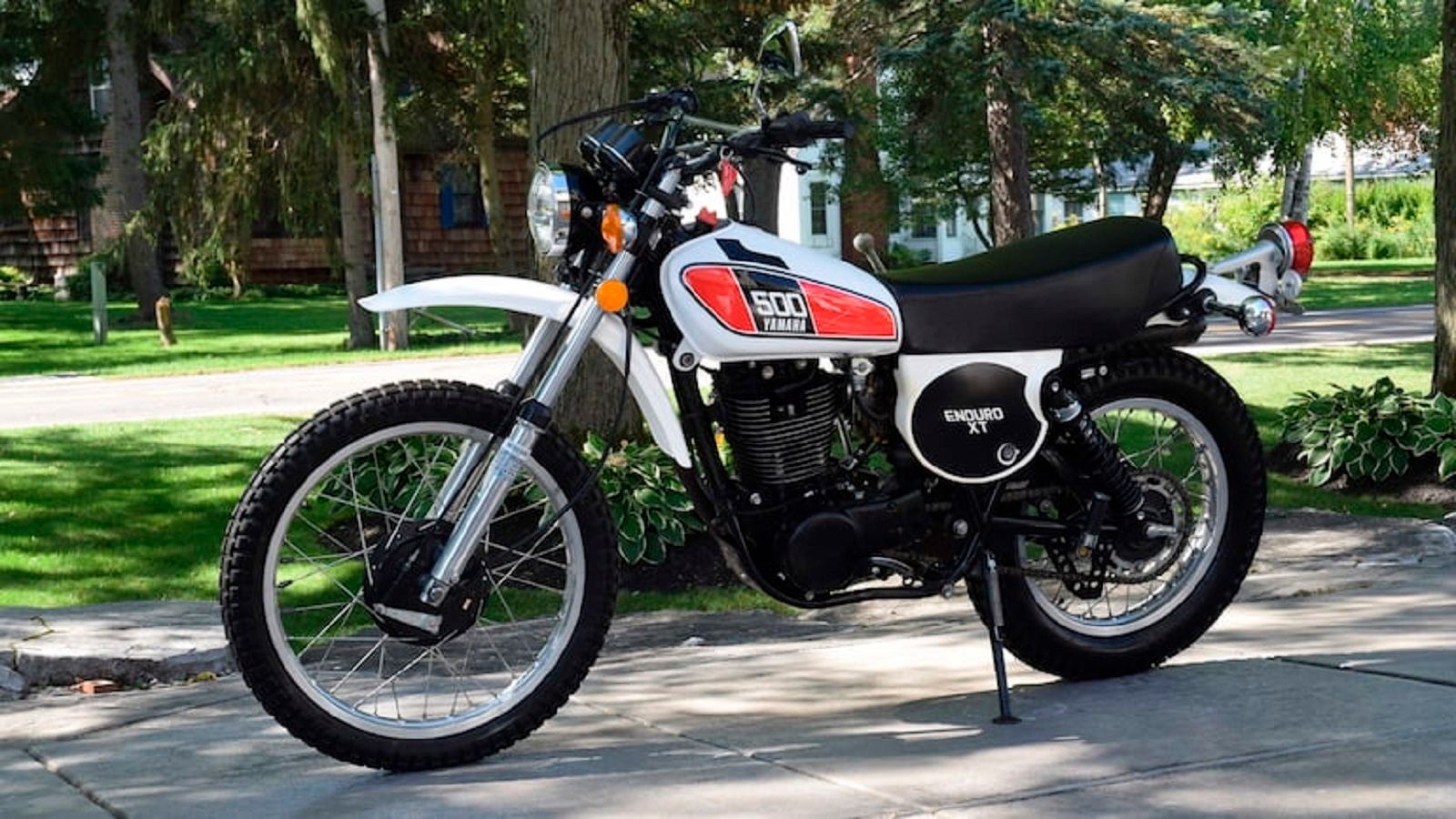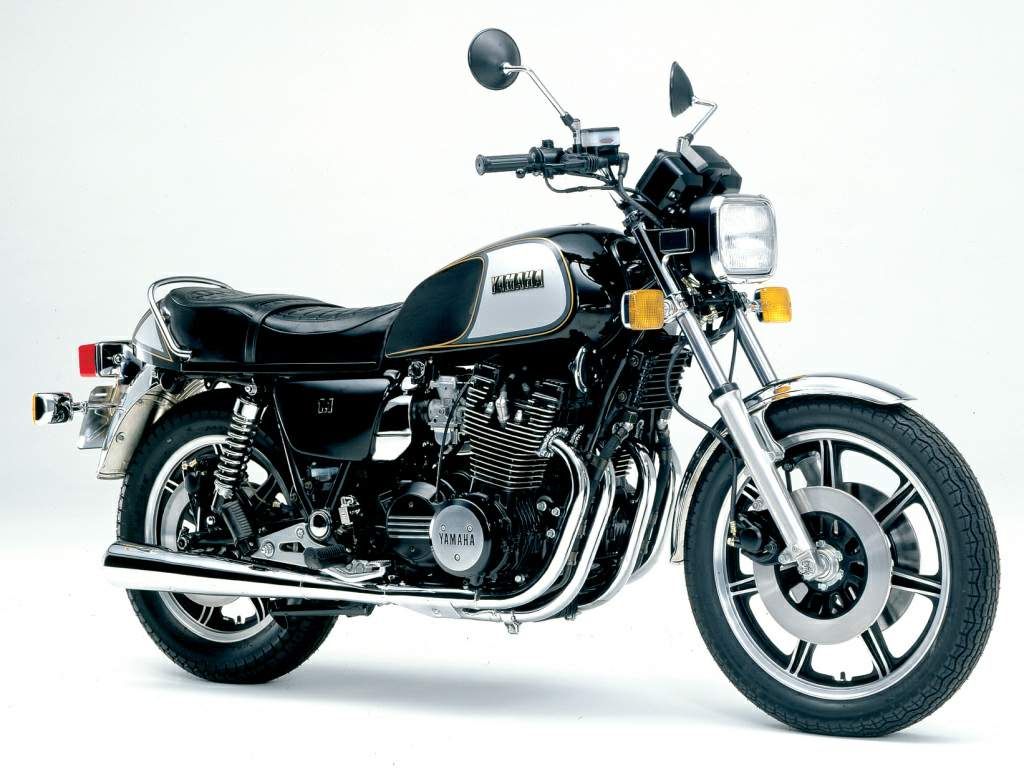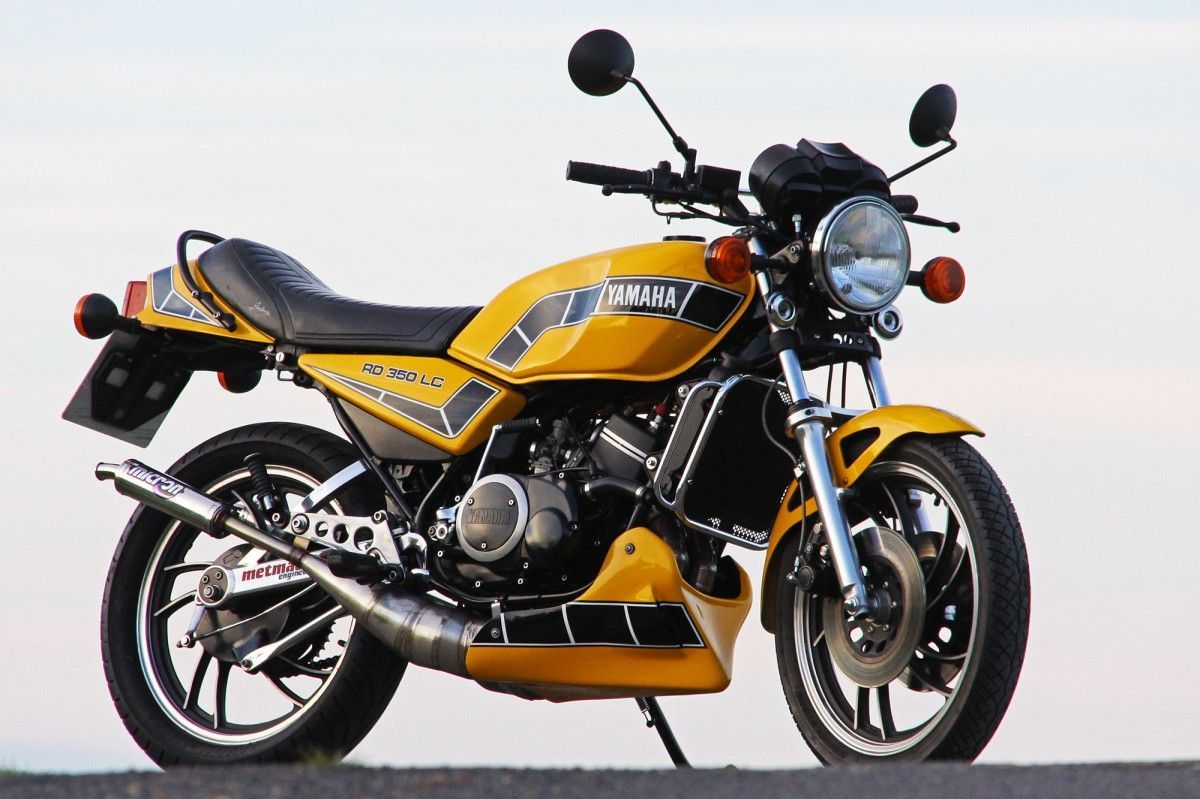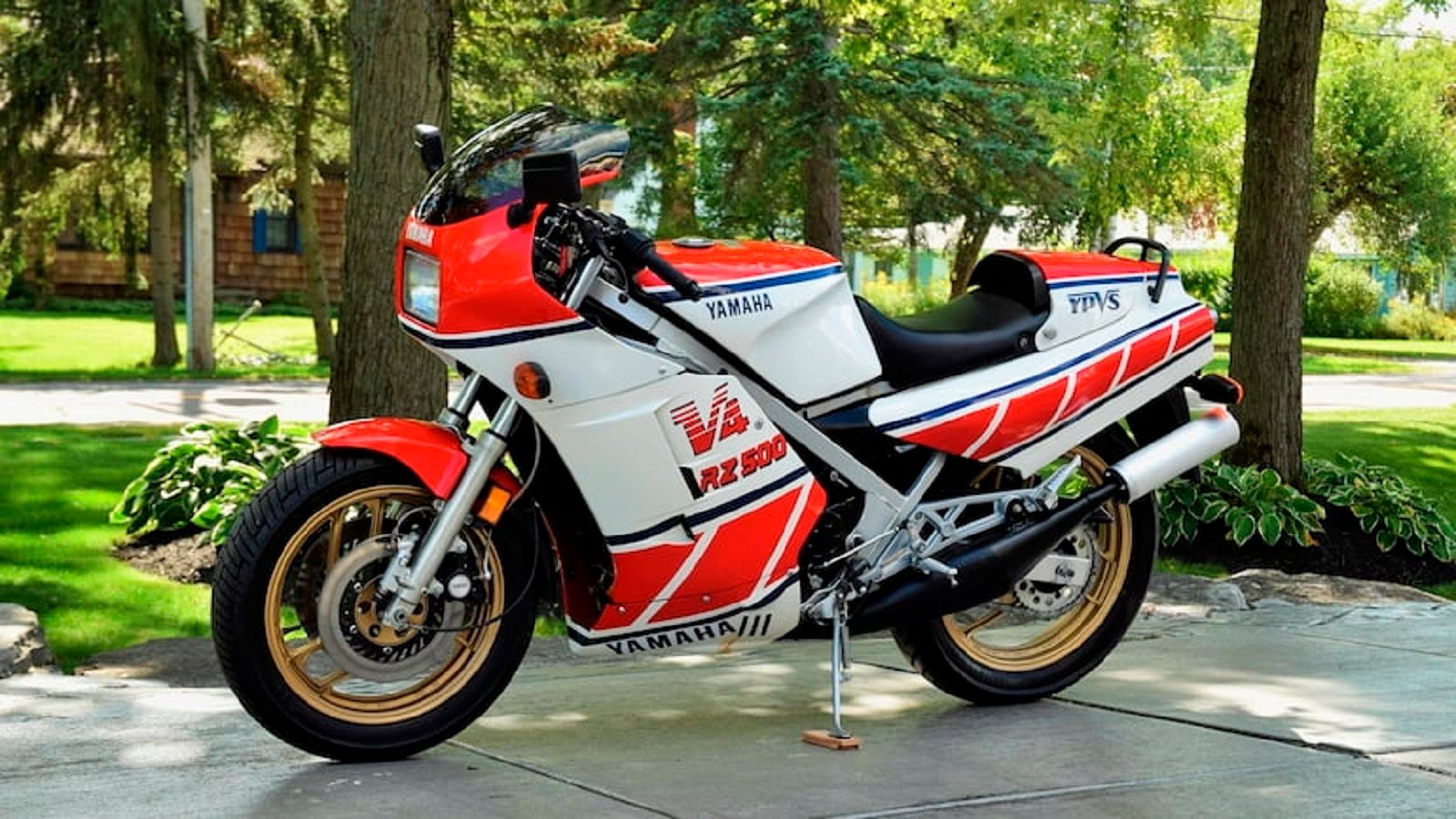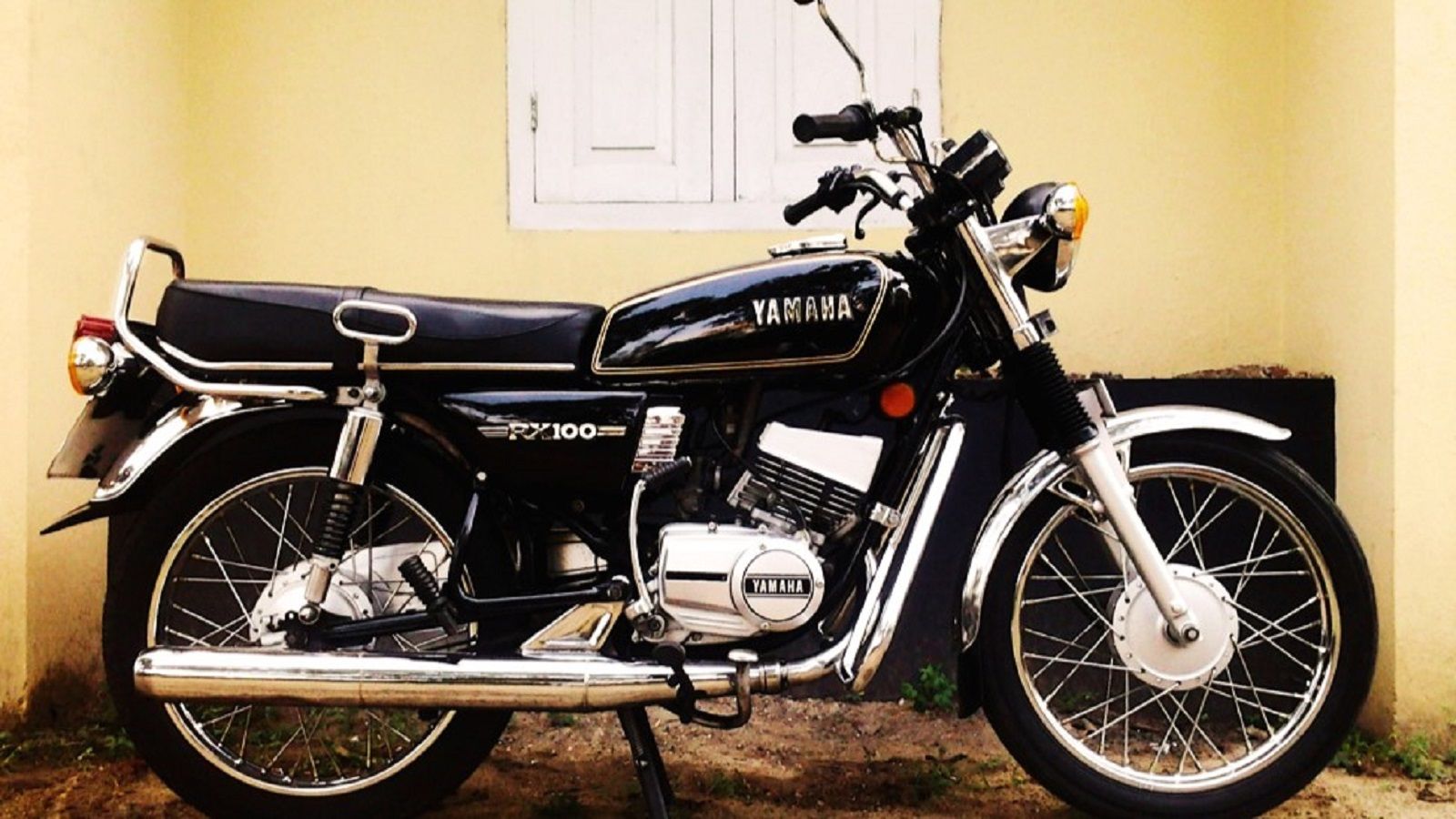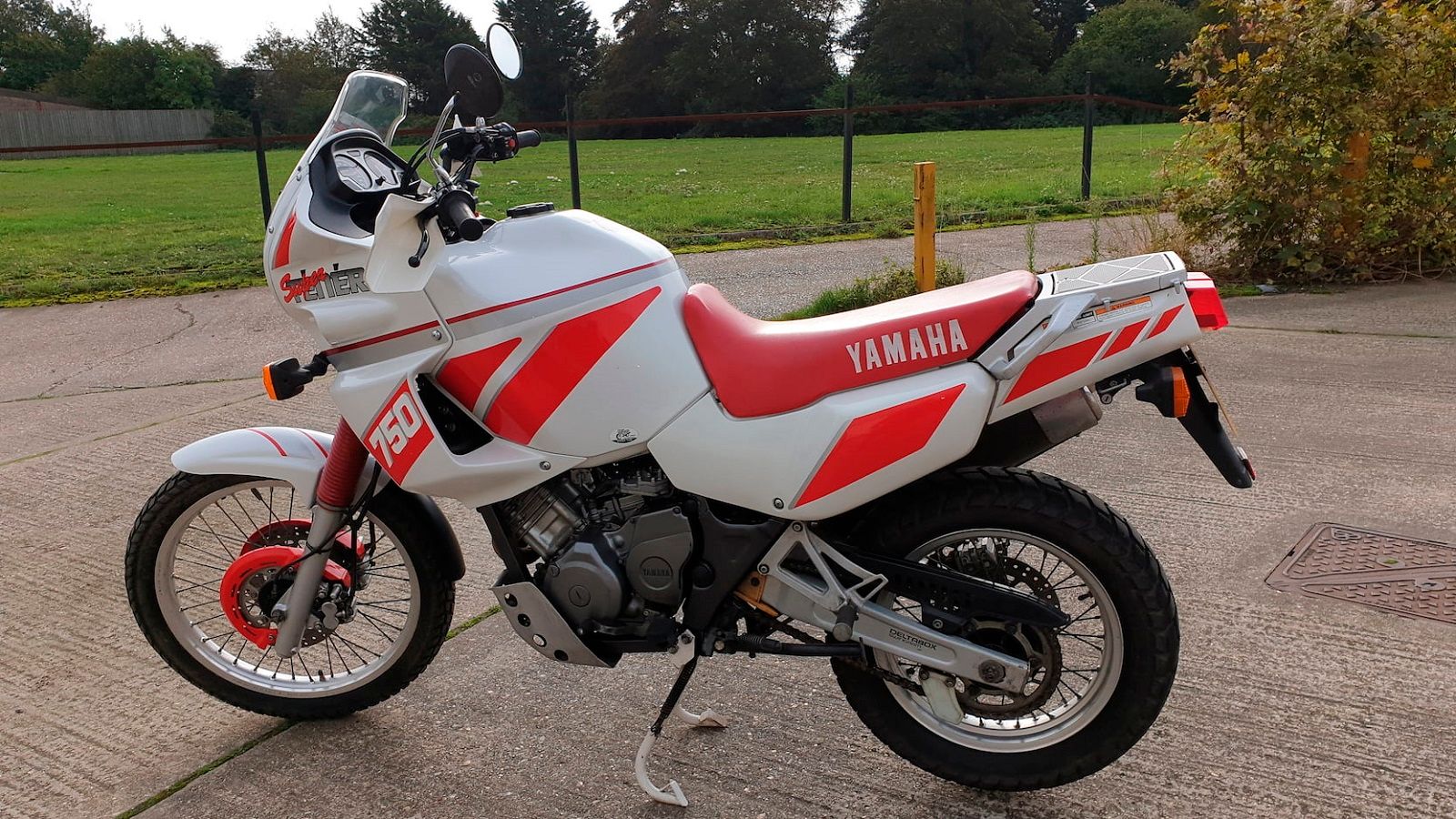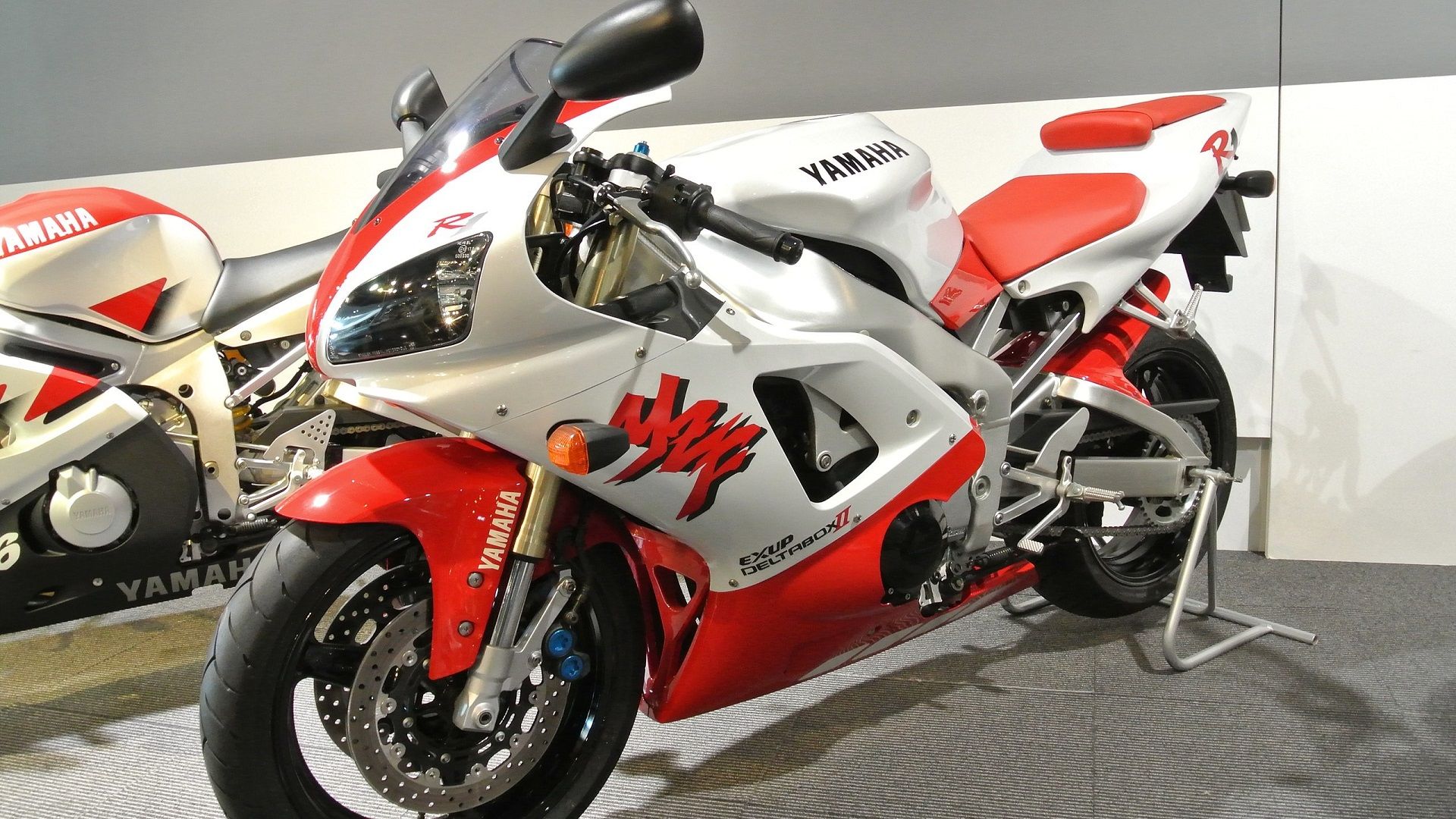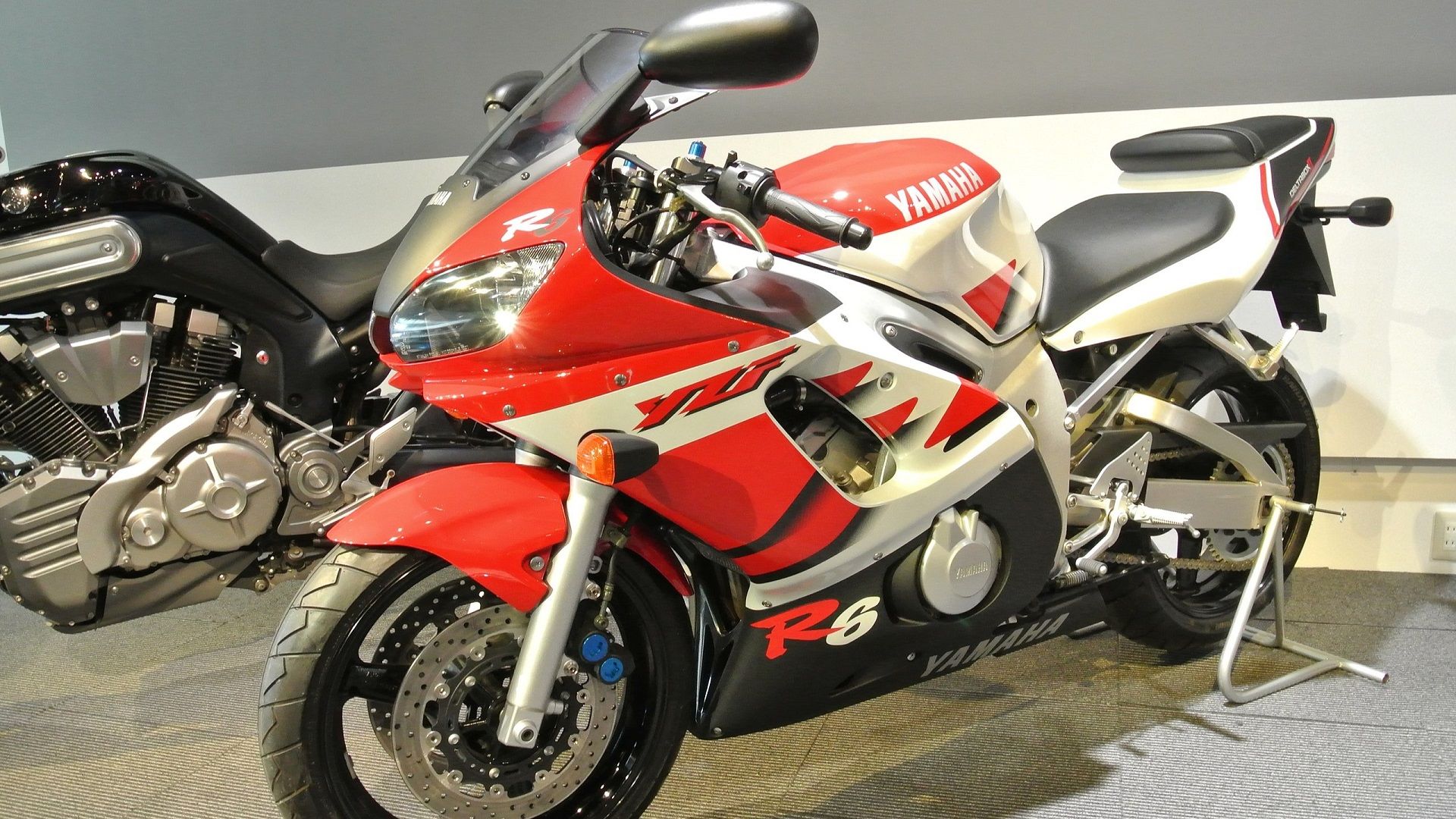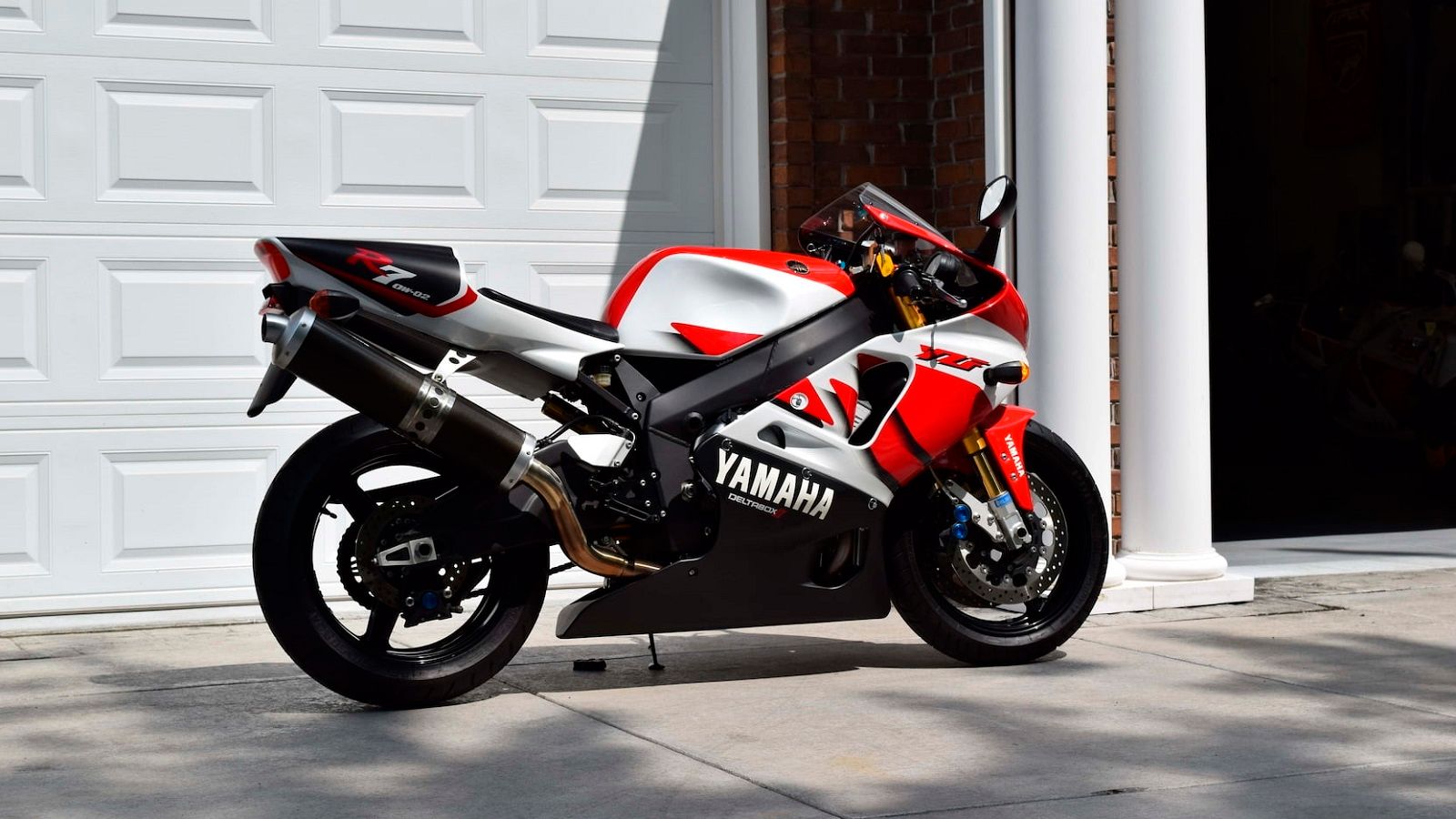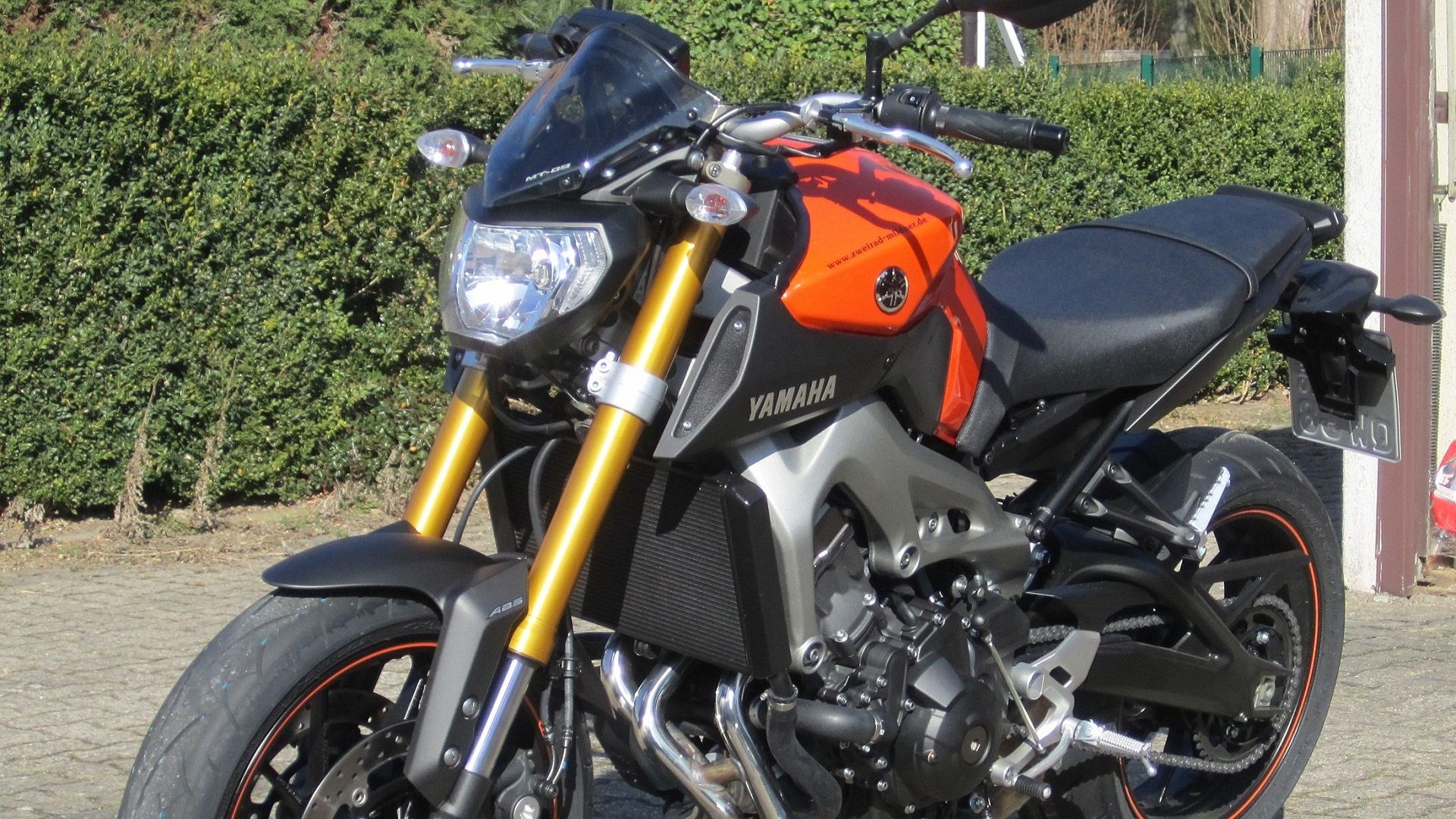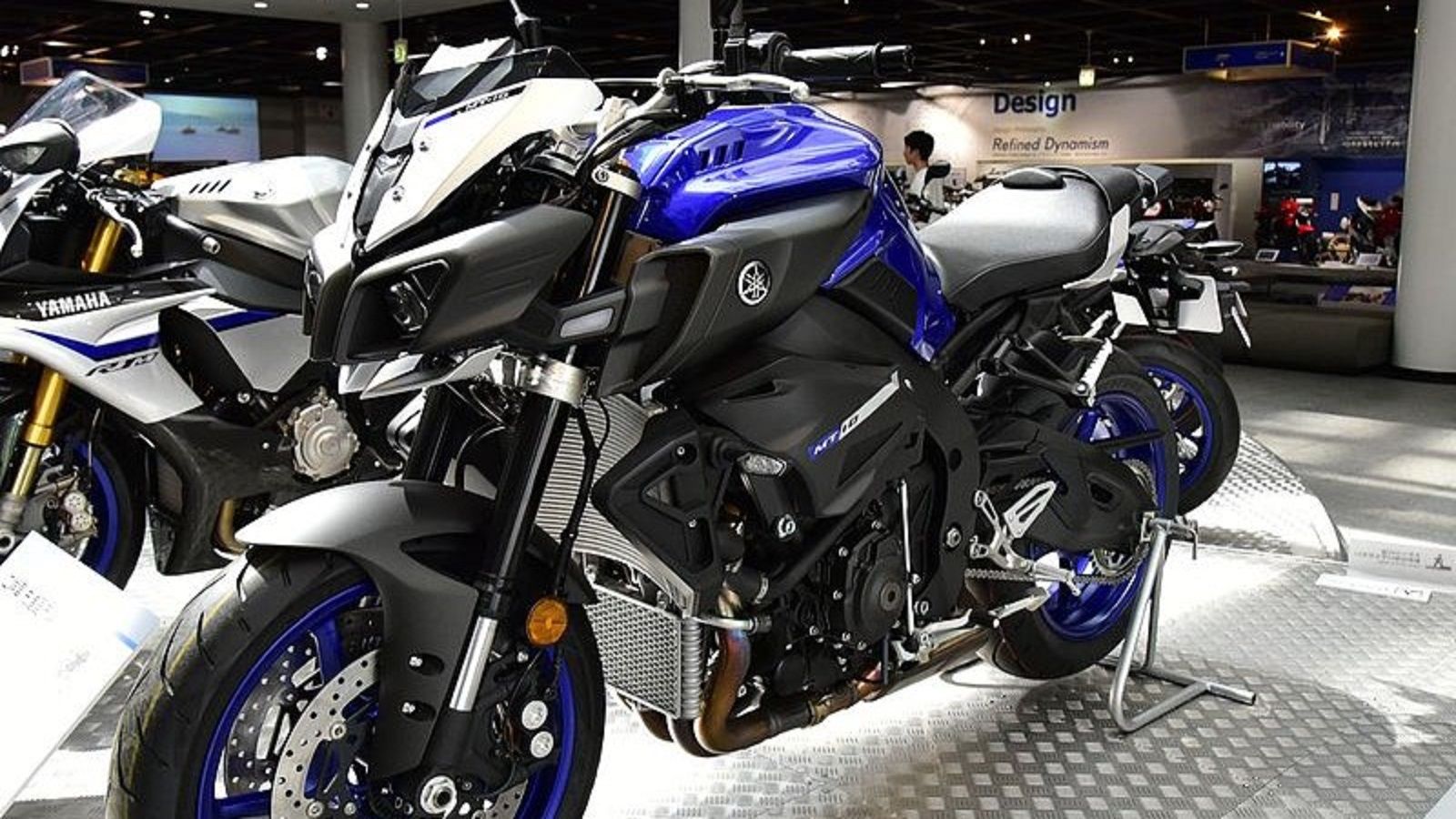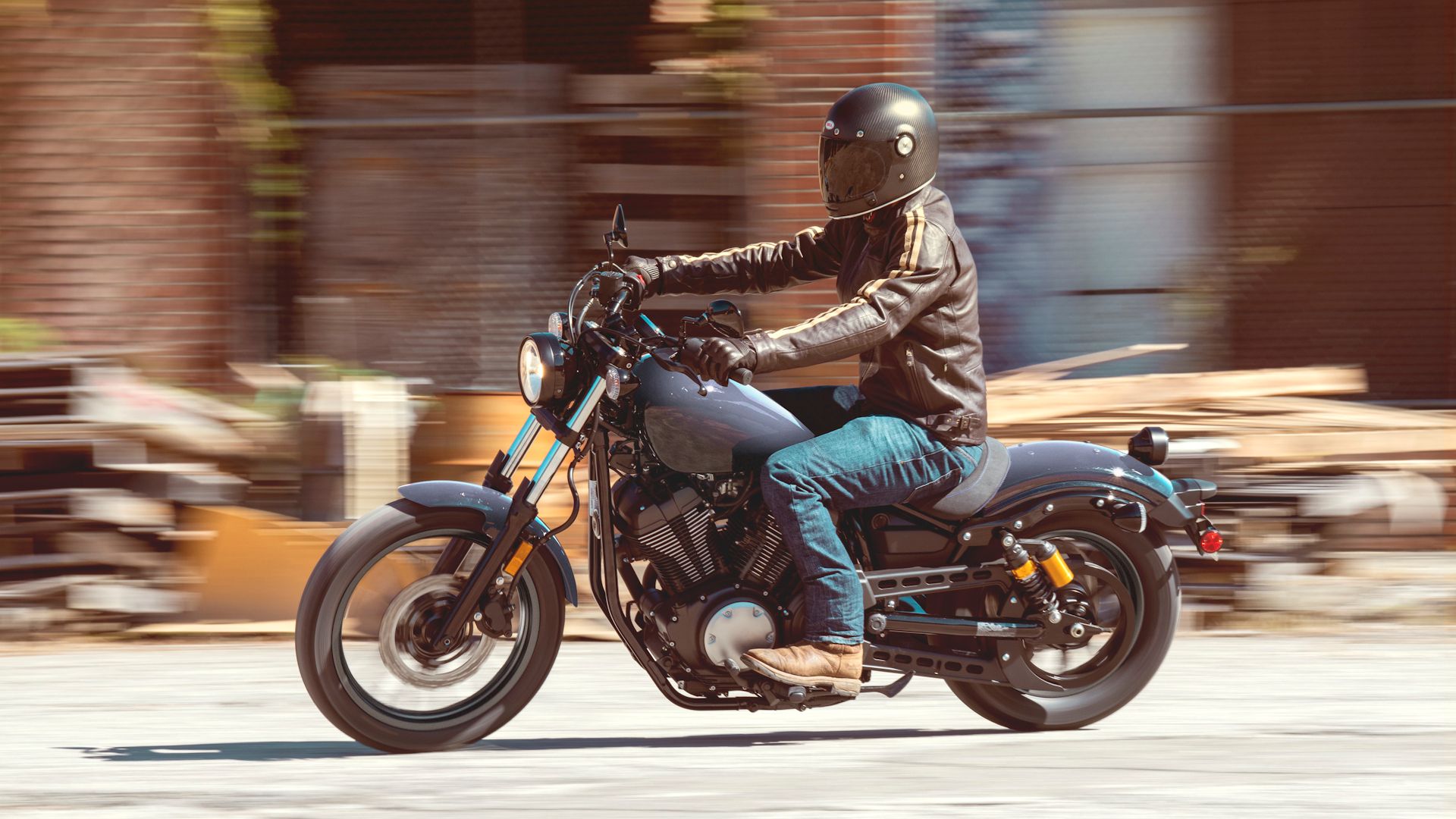As with all Japanese motorcycle manufacturers, Yamaha only started building motorcycles after the second world war. However, the company's roots were planted in the late 1800s when Torakusu Yamaha began repairing and making reed organs and pianos. Yamaha is, today, the largest manufacturer of musical instruments in the world. The company expanded into engineering, and in 1954, the first Yamaha motorcycle appeared, a copy of the German DKW RT 125, which was also the basis of the BSA Bantam and Harley-Davidson Hummer.
From that point, Yamaha has built a motorcycle for seemingly every single category, from the humblest scooter to the most dynamic sport bikes. Racing success came in the smaller two-stroke classes in the 60s, and the first two-stroke 500cc title was won by a Yamaha with Giacomo Agostini riding in 1975. In the 2000s, Yamaha once again returned to the winner's enclosure in MotoGP and has been one of the dominant forces in MotoGP ever since. Here are the top 15 of the greatest Yamahas since 1954.
Updated April 2023: Choosing the best Yamaha models out of all that has been produced through the years was not easy. This update includes five new models just to add a little variety. There may be some bikes here that motorcycle lovers will disagree with, and others may also be missing, either way, these are the 15 of the best Yamahas ever made.
1955 Yamaha YA-1 Started It All
Unlike Honda, Yamaha utilized two-stroke engine technology from the outset, maybe influenced by the DKW design that inspired its first motorcycle. The YA-1 was launched in 1954, but it was in 1955 that sales really started to ramp up. The YA-1 was immediately successful in Japanese production racing, and this helped the fledgling concern gain traction in the market. The early Yamaha was not only fast, but it was also reliable and built with quality in mind. The YA-1 put Yamaha on the road to success right from the beginning.
1959 Yamaha YD2 Was The First Offering To The West
Until the Yamaha YD2 was shipped to the Northern Countries to sell on the market, the only Yamaha motorcycles that could be bought were those you planned to have shipped over on your own. This was not something many people were up to doing, so Yamaha lost substantial sales until 1959, when the first YD2 was offered up. This bike was the second generation of the YD1 that was the first bike to ever have a two-stroke twin-cylinder. The Yamaha YD2 was a step above the original, featuring an enclosed chain, deep inset mudguards, an electric starter, and power up to 21 hp.
1975 Yamaha XT500 Is An Enduro Built With Purpose
The Yamaha XT500 is not a typical street bike or an offroad adventurer but rather an Enduro-style motorcycle that falls in the middle of the two basic versions. The big thumper had a chain-driven cam allowed the bike to run up to 7,500 rpm and make 32 horsepower.
In '77, the Yamaha rode to victory in the Luxembourg Grand Prix and would later go on to conquer the infamous Dakar. Since the bike was designed to ride on or off the beaten path, it did not necessarily excel at either one, but it was more than capable on both, which is what having a good Enduro is all about.
1978 Yamaha XS-Eleven Was Heavy And Powerful
It wasn't until 1978 that the company introduced its first four-cylinder engine fitted into the XS Eleven. At the time, it was the largest displacement Japanese motorcycle in production and even had a shaft final drive. The engine was hugely powerful, but the chassis left something to be desired. Even though the Yamaha XS Eleven was seen as more of a touring bike, the big Yamaha still managed to win against more suitable machinery from Honda and Suzuki in endurance races conducted in Australia.
1983 Yamaha RD350LC YPVS
Yamaha continued with two-stroke technology for its performance road bikes long after the other Japanese manufacturers had turned to four-strokes (to be completely accurate, Honda had never really embraced two-stroke technology, even in Grand Prix racing before finally giving in and joining the herd in the late 1980s). The RD350LC YPVS featured Yamaha’s power valve technology to boost power output to a frankly incredible 59 horsepower, pushing along 328 pounds of wet weight.
By comparison, Honda’s 1983 CB750, with an inline four-cylinder, four-stroke engine, made 70 horsepower and weighed 500 pounds. The RD350’s performance was explosive, although the chassis technology of the time still lagged behind power outputs. However, it was still good enough for one-make race series to spring up all over the world, which gave up-and-coming racers the chance to prove themselves against the opposition on a level playing field.
1984 Yamaha RD500LC YPVS Is A Road-Ready Racer
This bike is 500cc Grand Prix motorcycle for the road. Manufacturers rarely built road-going versions of their 500cc GP racers, but that's precisely what Yamaha did with the RD500. The engine was the key to the RD's appeal: a 500cc, V-4 two-stroke producing 88 horsepower, and weighing only 436 pounds. The success of this Yamaha prompted Suzuki to produce the RG500 Gamma and Honda the NSR400 in 1985, but the RD500 was the original, and many would say, the best.
1985 Yamaha V-Max Is Built For Speed
If the XS-Eleven was all about power over chassis dynamics, then the V-Max took that concept to its not-so-logical conclusion. Yamaha made no bones about the fact that the V-Max was all about straight-line speed and had seemingly chosen to forget that motorcycles also need to go around corners as well! For its day, 145 horsepower from its 1,197cc V-Four engine (and that's genuine, rear wheel horsepower, by the way) was huge, as was its top speed of 149mph. The V-Max lasted until 2019, by which time the engine had grown to 1,679cc and 173 horsepower at the rear wheel.
1985 Yamaha RX100 Is Reliable And Coveted
The 1985 Yamaha RX100 is not much to look at, and when talking about the power, it can only muster a little over 11 horses. The Yamaha RX100 is one of the most affordable, reliable, and versatile motorcycles on the planet. What it lacks in power and top-end speed, the bike makes up for with the cost of ownership, which includes the amount of money an owner has to put into it for repairs. Obviously, if you abuse this lightweight bike, it will not last very long, but if it is treated with respect, it will offer many years of reliable service.
1989 Yamaha XTZ750 Super Ténéré Was Innovative
The XTZ750 was powered by a 750cc parallel-twin engine, producing 69 horsepower and 49 pound-feet of torque. It departed from conventional thinking by having five valves per cylinder. In its 750cc guise, the racing version of the XTZ, called the YZE750, won the Paris Dakar in 1991, while the larger-engined YZE850 won the race six times in seven years up to 1998. The Super Ténéré is still with us today, just in 1200cc form. The spiritual successor has to be the new Ténéré 700 though.
1997 Yamaha YZF-R1 Was Their Response To The FireBlade
When Honda revolutionized sports bikes with the CBR-900R FireBlade, it was clear that rivals Yamaha, Suzuki, and Kawasaki had to act quickly to play catch up. The benefit of being second means that you can learn from the first and improve, and that's precisely what Yamaha did with the YZF-R1.
It was the size and weight of a 600cc sports bike, had the handling of a 750cc, and the power of 1000cc. The four-cylinder, 20-valve engine was highly compact, mainly due to the transmission positioning, with the gear shafts stacked up behind the cylinder block and making the engine much shorter.
1999 Yamaha YZF-R6 Is A Modern Classic
Looking for all the world like a small R1, the frame was as light as possible, and the engine pushed out a claimed 120 horsepower with an overall weight of a featherlight 372 pounds. The suspension was fully adjustable, the brakes were hugely powerful, and the handling was razor-sharp. The big thing about the R6 was that Yamaha kept updating it through the 2000s, keeping the model at the forefront of customers' minds when shopping for one of these pocket rockets. In the end, however, ever-stricter emission regulations effectively killed off the 600cc class.
1999 Yamaha YZF-R7 OW-02 Was A Straight-Up Race Bike
Only 50 of these bikes were exported for sale to the US, making it one of the hardest motorcycles to get your hands on. The 1999 Yamaha YZF-R7 OW-02 was a full on homologation special. That means the power output was limited to 106 horsepower when shipped, but if you bought the "race kit" you could then access the extra bank of injectors and power went up to a spine tingling 135 horsepower. Enough to leave any contemporary R1 in its dust.
2014 Yamaha MT-09 Has Incredible In-Gear Acceleration
The financial crisis of 2008 affected Yamaha the same as every other manufacturer: no money to re-vamp an aging line-up and some models that were part of a dying breed, with no obvious replacement lined up. Yamaha re-grouped, and the first bike out of the blocks was the brilliant MT-09. The new, liquid-cooled, four-stroke triple put out 115 horsepower in a special way: full of low- and mid-range torque to give sparkling acceleration in any gear at any speed. The MT-09 is a bike that have you wondering why you need anything with a bigger, more powerful engine.
2016 Yamaha MT-10 Is A Monster
Unlike the MT-07 and MT-09, which were all-new models in their own right, introducing new engines and chassis, the Yamaha MT-10 was essentially an R1 with the bodywork stripped off to make a naked sport bike in the old tradition. Short and stubby, Transformer-type looks hid a 160 horsepower version of the R1's cross-plane crankshaft engine, re-tuned to give mountains of low- to mid-range torque and a thrilling soundtrack. Traction control and ABS were to be expected, but cruise control acknowledged that not everyone bought a naked sport bike for track days: that most people used a motorcycle for a multitude of roles, including long-distance journeys.
2023 Yamaha Bolt R-Spec Is A Modern Classic
The 2023 Yamaha Bolt R-Spec looks like a classic bike straight out of the movies. Many bike lovers talk about owning a Harley-Davidson, but either cannot afford one or simply do not like how they ride. The Bolt looks like an old-school Hog but rides more like a modern-day bike without any of the new technology. It comes with a V-twin engine that can produce up to 65 horsepower and 59.3 pound-feet of torque. The best part about the motorcycle is that it will cost you less than $10,000 brand new.


